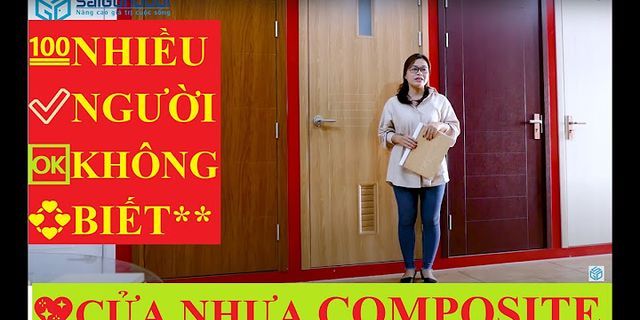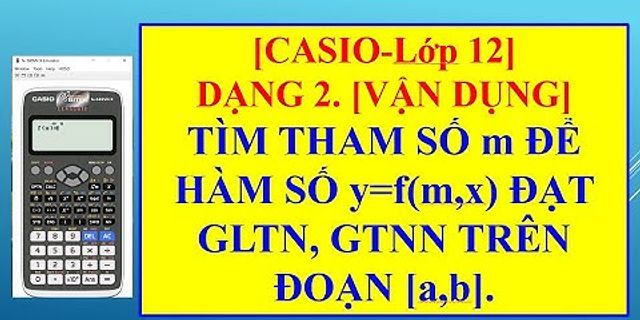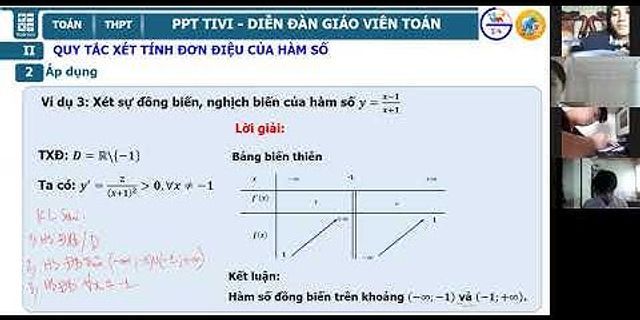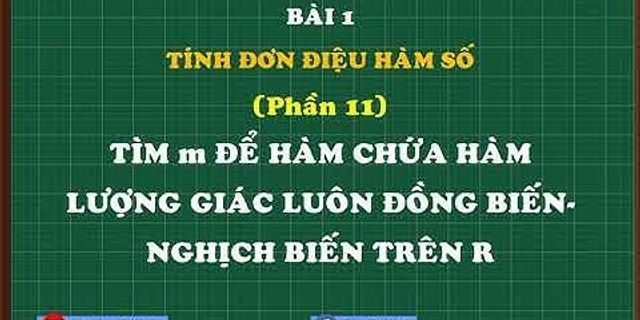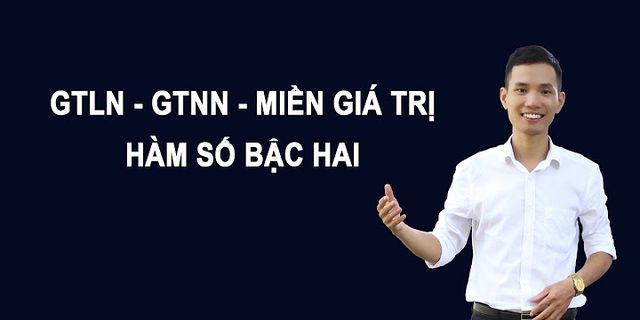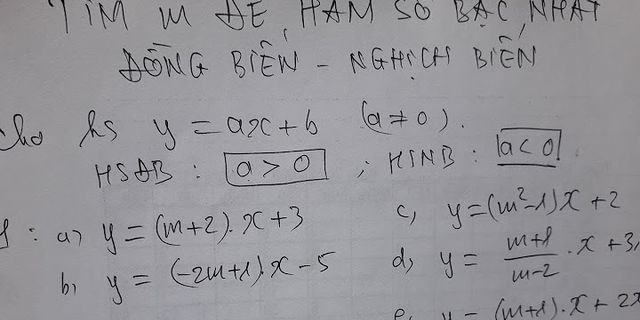Show Excerpt
1. What is Literature review? 2. Function of Literature Review 3. Empirical and Theoretical Review Literature Review 1. What is Literature review?Literature review is commonly using term in research world and key component of any research work. In literature review, there are two words available, which are literature and review. The word literature commonly known as pieces of writing that are valued as works. Meantime, review means the comparative study or analysing the past available information. So the word literature review its self has the meaning of comparative analysis of past or existing piece of written work. There are many definition advanced by many authors. The common understanding for literature review is a critical assessment by the researcher of the prevailing body of knowledge on the theme or problem under inquiry. Further, as cited by Uma and Roger (2016) literature review is “the collection of existing documents (both published and unpublished) on the topic, which comprise information, ideas, data and evidence written from a specific standpoint to fulfill certain aims or express certain views on the nature of the topic and how it is to be examined, and the effective evaluation of these documents in relation to the research being proposed” (Hart, 1998). This definition has included several concept which comes under literature review. Literature review gives the current and updated knowledge about the study phenomenon. Literature review permits the researchers to enter into a critical engagement with the existing theories, concepts, analysis, information and relevant authors. Saunders, Lewis and Thornhill (2009) cited in their book that “There is little point in reinventing the wheel . . . the work that you do is not done in a vacuum, but builds on the ideas of other people who have studied the field before you. This requires you describe what has been published, and to marshal the information in a relevant and critical way” Based on this understanding, available scholarly works and previous contribution of researchers for relevant problem must be reviewed through critical literature review. The scholarly investigation finding will certainly be judged in relation to other researchers’ study and their outcomes. Therefore, it is required both to ‘map and assess the present academic knowledge’ to finding out what study has been carried out in selected area, and if possible, to try to identify any other research that might presently be in progress. As a result, the phenomenon under study will enhance your issue’s knowledge and aid you to explain research question(s) further (Tranfield et al., 2004). As per Bakare (2013) literature review means reviews academic work, books, and other causes pertinent to a certain topic, area of research, theoretical background, and by doing that, furnishing an explanation, summary, and critical evaluation of these research. Further he explained that, literature review expose a summary sources which researcher gone through while doing research and prove to your readers how researcher study fits into the larger field of study. So in general, literature review demonstrate a starting point for existing knowledge of a study. In any research work, literature review deliver the justification for the study by sequence study of passed work which will enable to establish the research gap. Literature review is laying foundation to compos background of study, problem statement and purpose of the study. Following that methodological fitness could be justified through past study support (Rocco & Plakhotnik, 2009). Sometime the explanation given for literature review is in a different perspective for instance, Merriam and Simpson (2000) and Tonette and Rocco (2009) highlights that literature review is carried out for the formation of a conceptual frame work or to discover a relevant zone for research. Likewise, a literature review is a portion of the research work, it comprises evidence that provides an idea of the theoretical works that you take as the root for your study (Get-thesis, 2019). Before starting research researchers need to understand what had been done before. They also recognized the importance of scholar being able to acknowledge past research connected to their study to support the scientific process of aggregate research that builds upon prior research (John, Rose & Frank, 2018). Therefore literature review is guiding the researcher from introduction to draw the conclusion of the study. 1.1 Purpose of literature reviewJohn et al (2018) identified the following key purposes that a literature review should provide to research: - It sets the comprehensive background of the study. - It clearly defines what is and what is not within the limit of the examination. - It positions a current literature in a broader scholarly and historical situation. As per Uyangoda (2010) purposes of literature review identified in five main point one is facilitate the researcher to recognize gaps in the present body of knowledge. It mean addressing a knowledge gap is the main element of research objective. Therefore, literature review furnish the way to identify the prevailing knowledge gap. In order to justify the research gap and stressing knowledge gap, possible only through review of existing body of knowledge. Second purpose is literature review enable the researcher to make sure that the study is a new contribution to knowledge. Which emphzise that a sound study is anticipated to give a brand-new contribution to the existing body of knowledge. A fresh contribution stands that the study is not replication or reinventing the wheel rather it seeks new facts, a new explanation or new theory building. Even though the issue of the study has been subjected to previous research. This objective could be achieved through review of up-to-date studies. Third one is literature review shows familiarity of the researcher with the most up-to-date scholarly work relevant to the theme of the research. Comprehensive literature review enable the reader and evaluator to make sure the study is updated with the latest subject knowledge. To achieve this goal, the researcher shows the ability in critically engage with contemporary scholarly work which is possible by literature review of latest scholar work. Fourth propose is literature review help to frame foundation for the research work. Effective literature review helps to formulate research problem, research question even research method. By referring others scholarly work offers valuable acumens, guidance and direction to the study. Saunders et al (2009) shows two specific purpose for literature review. One is literature review helps to ascertain theories and thoughts that will guide you to develop theoretical or conceptual framework for the particular research process. Second point is effective literature review enable the researcher to develop theories from the past knowledge. 1.2 Types of literature review- Systematic Review is a synthesis of the available research and experiment which concentrate on a specific research problem. This type of review helps the researcher to overcome likely biases by adopting some method. This types of literature review advanced by De Souza (2010). 1.3 Structure of sound literature reviewSaunders et al (2009) proposes a structure which enable the researcher and reader to understand the past literature at a glance. The critical review of literature structure firstly focus on how far current published study goes in replying the research question(s). Secondly when doing critical review the past studies in which extend relate to our research objectives. Uyangoda (2010) describes the structure under five stages. One is Categorize and cluster literature under review according to proper concept. Second is find strength and inadequacies of present literature by referring summary. Third is organize and arrange the review thematically. Next is note the strength and weakness and GAPS in present knowledge on the theme of the research. Finally justify how particular study expects to fill those knowledge gaps. The sound literature review must consist and follow either way to be the best piece of research. 2. Function of Literature ReviewA literature review principally has three functions. First to deliver to the reader what knowledge and ideas have been recognized on a subject, and what their strengths and lacking part in the particular theme of the research. Second function is when undertaking so, obviously convey the concept to the reader that the researcher’s awareness with theories and concept. As a result, the reader may think that you’re a better scholar compare with experts in the subject field. The common final function is to present the ideas in a specific problem and the theories for to support the phenomenon. (Schrijven, 2017). Further, there are many sub function of literature review. - Provide the context for research: By reviewing past study, the need for further analysis might highlighted by researchers. This juncture serve as starting point for context for research. As per Uma and Roger (2016), a critical review of the literature guide the researcher to find out the wide-range understanding of particular concept, meaning of phenomenon, formulation of conceptual framework, instruments, and analytical tools for respective research theme. Further they emphasized that a review of the literature helps researcher to formulate a theoretical background which will provide comprehensive understanding of relevant subject. Furthermore, earlier related research finding, methodological issues and foremost conclusion of the past studies and latest finding furnish updated knowledge on the topic. Next function is review of the literature uses to the researcher to formulate theoretical background, which allowing scholar to identify the relevant variables that are related to the study. As a result conceptual framework would be established for pertinent study. Based on the past literate, relationship between variables identified and tools for measurement also could be operationalist to find the solution for the specific research problems. Literature review helps researcher to construct the arguments for the relationship between variables which lead to formulate conceptual model. In addition to that, hypothesis can be generated through conceptual model. The literature review paly main five functions: (a) to build a foundation, (b) to demonstrate how a study advances knowledge, (c) to conceptualize the study, (d) to assess research design and instrumentation, and (e) to provide a reference point for interpretation of findings. It could further explain that building a foundation requires using prior research in such a way as to validate connections, show trends, and deliver an outline of an idea, theory, or literature base. Next function is demonstrating how any study advances knowledge uses the works to present prevailing knowledge construct a situation that clearly depicts the gap in what is known that a study will address. The common function of conceptualizing a study arises by describing hypothesis and propositions of preceding studies, defining terms, and clarifying assumptions and limitations citing relevant work to build a rationale for a study. Another function of this section of a manuscript is to provide support for the research design, method, and instruments to be used in a study. This is done by making a case for the method the researcher believes appropriate and by illustrating why other methods are not appropriate, citing related work. The last function is to provide a reference point the findings can be compared with and the implications connected to this previously presented work. (Merriam & Simpson, 2000; Tonette & Rocco, 2009). Martin (2016) explain some important function for literature review: First researcher familiarity with the literature which is straightly pertinent to the topic matters. Without referring of available source for particular phenomenon that could misguide and cheat reader proclaiming that this is the evidence. Secondly for adaptation of theory and framework there are several available in relevant theme of the research. So, literature review guides which is most appropriate for the relevant study. Third function is critical review helps the authors to compare the studies finding in relation with country, industry and context. This aid the author to construct the similarities, differences and further advancement in the relevant field of study. This helps to find out the gap in the knowledge. [...]  |









